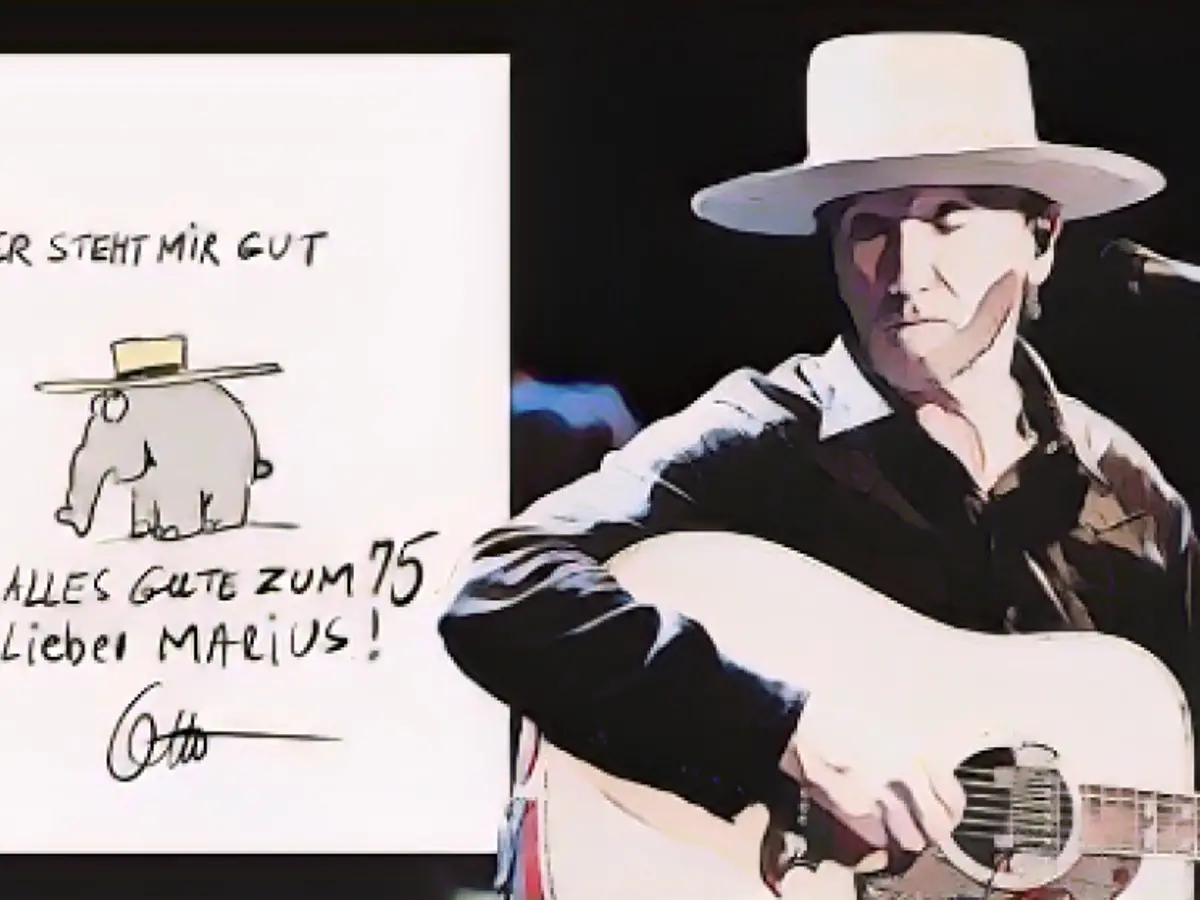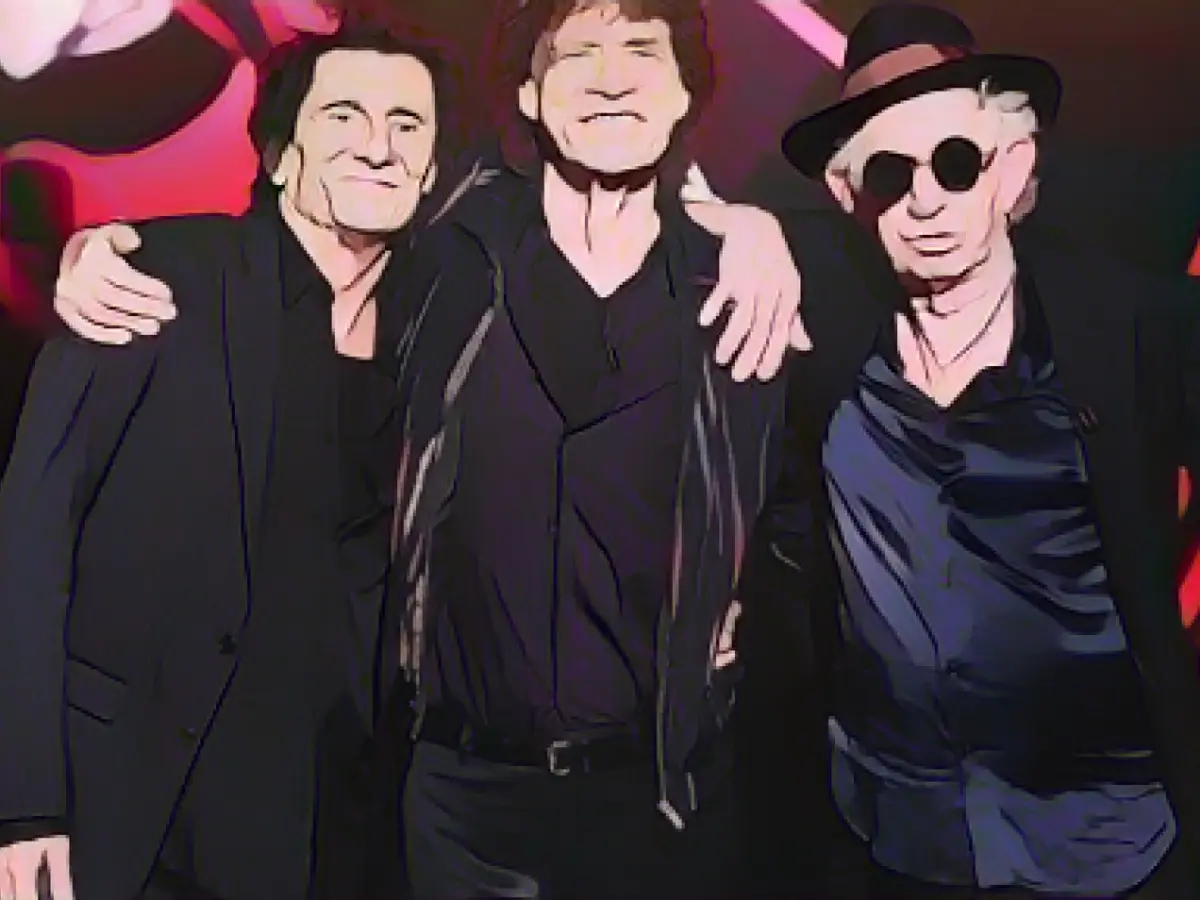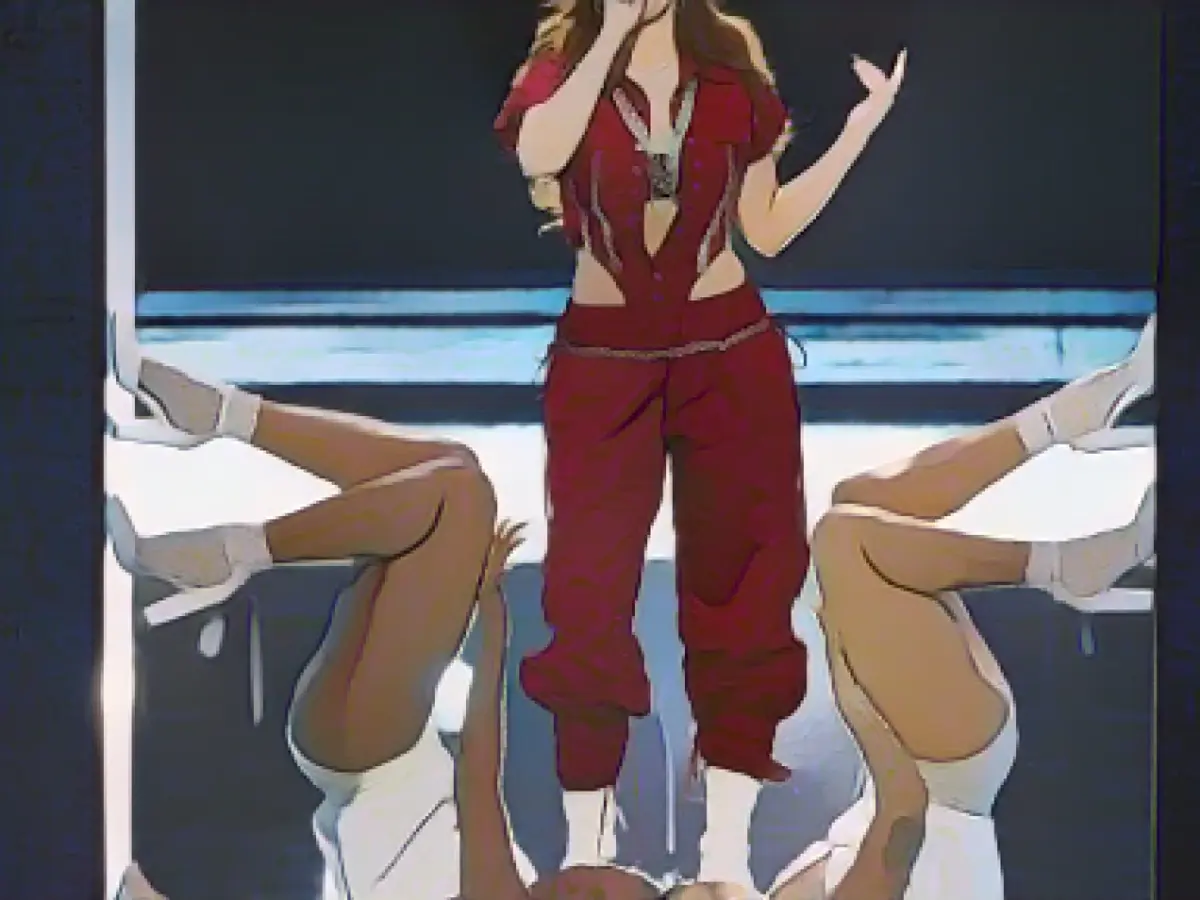Celebrating Another Milestone! Marius and Otto's Unforgettable Friendship
This heartfelt message, as much for the head as for the heart, holds a special place...
In the bustling city of Hamburg, the paths of two renowned legends, Marius Müller-Westernhagen (turning 75 today) and Otto (already 75), once crossed. They shared a humble flat in the legendary "Villa Kunterbunt" in the early 70s and played in pubs for "a few Mark-Fuffzig," treading the beginnings of their musical journeys.
Sharing the Past
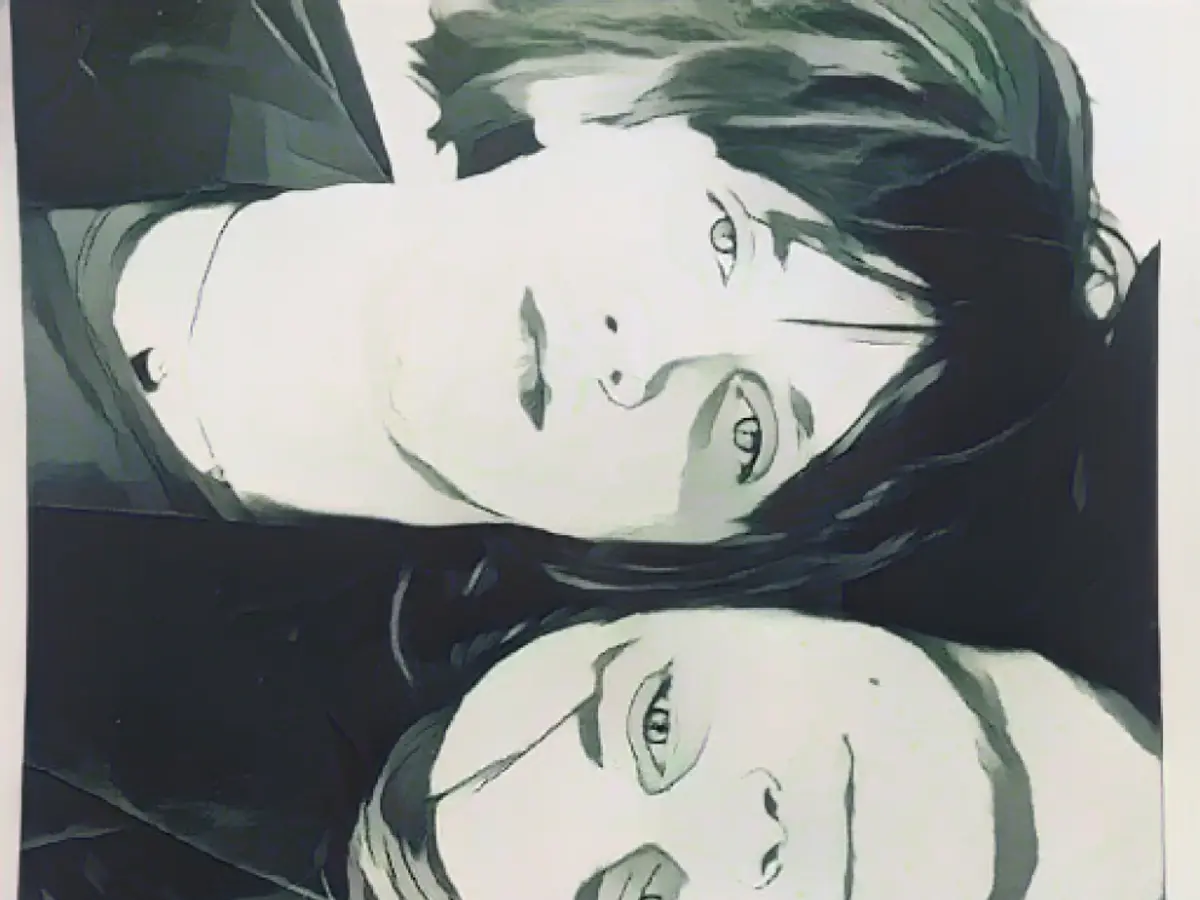
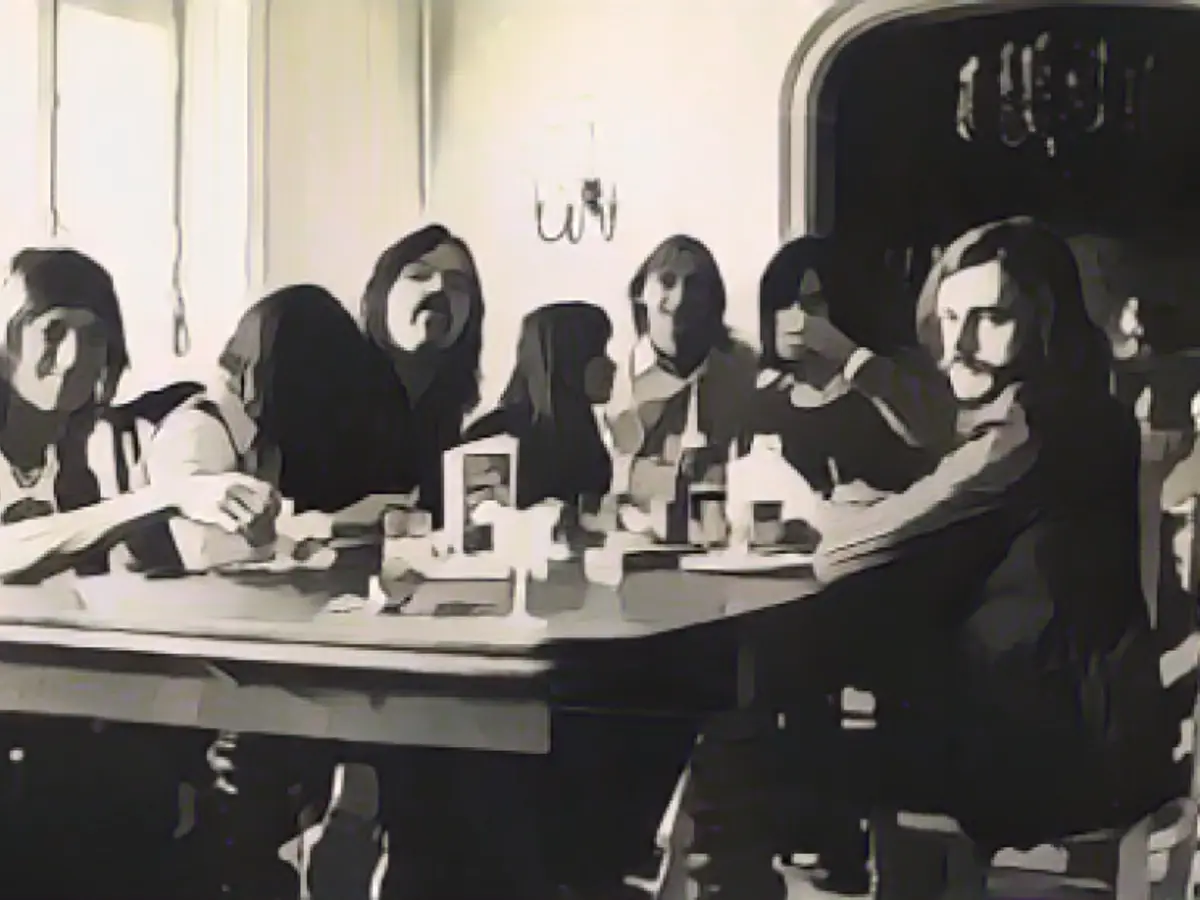
Their time together in the heart of Hamburg continues to resonate, 50 years later. Udo Lindenberg (also 77) was a welcome addition to their close-knit artist family. Their shared flat became a hub of creativity, with Marius often shuffling rooms or throwing a shoe at the ceiling if conversations grew too loud during Udo's late-night sessions!
The Making of Legends

As Otto began to embrace his stand-up persona, with his biting yet comical comments between songs captivating audiences, it became apparent that a unique and cult-worthy stage presence had been birthed. The performances left audiences in stitches, enchanting audiences across Germany.
In contrast, Marius was popular for his charm and commitment to cinema, having already made several films and delved into television scripts and productions. The young charmer was making waves in the German entertainment industry.
Musical Beginnings
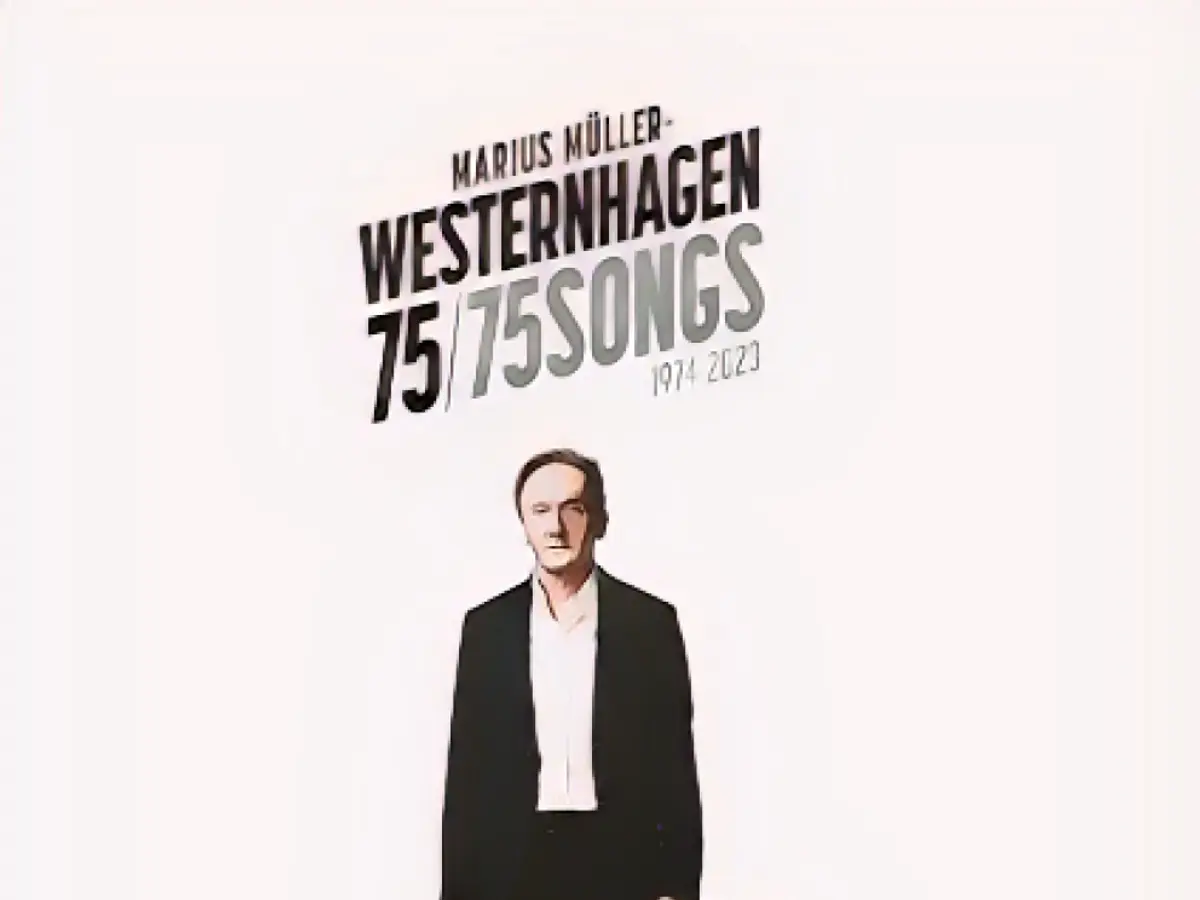
Through time, music slowly came to Westernhagen, as he noted in an interview: "Music was once created on the street, with new music styles emerging from the street. Today, musical styles arrive through industry influence. It's as if people try to control art."
Fast forward to today, and Marius Müller-Westernhagen continues to captivate fans with his legendary music, marking his 75th birthday with the release of "Westernhagen 75 (75 Songs: 1974 - 2023)," counting at least one song from each of his 5 decades' worth of work.
Time to Reunite
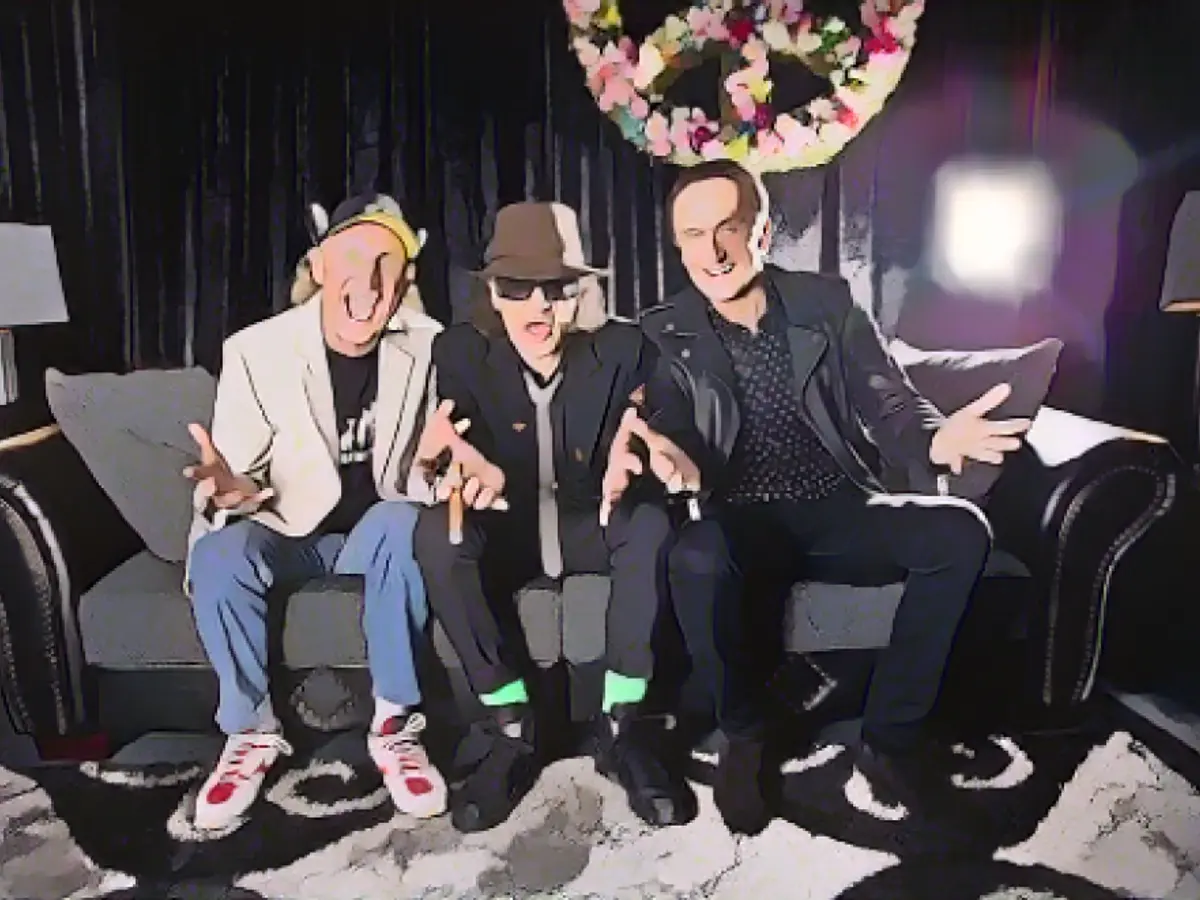
"I won't presume this is our farewell tour," Westernhagen shared, eliciting excitement from fans and friends alike. The future is brimming with promise for these generations' icons, with Westernhagen intent on leaving his mark on new audiences.
"I will disappear at some point," he mused, acknowledging the inevitability of time, "but I don't think I'll ever annoy the fans with persistence."
And as the legends continue to pave their paths of music and art, the question remains: "Will our dynamic duo of Marius Müller-Westernhagen and Otto reunite once more on Hamburg's stages?"
Time, and maybe a shared coffee, will certainly tell.
Left in the aftermath of their legendary Hamburg days, the artistry of Marius Müller-Westernhagen and Otto have transcended the boundaries of time. Their unforgettable friendship and joint accomplishments are surely a testament to the power of creative camaraderie.
Source:
Enrichment Data:
In the 1970s, Marius Müller-Westernhagen, Otto Waalkes, and Udo Lindenberg shared a living experience in Hamburg-Winterhude, specifically in the "Villa Kunterbunt," a communal living space for artists. This shared environment had a significant impact on their music careers:
- Collaborative Spirit: Living together fostered a collaborative and creative atmosphere. They often shared ideas, influenced each other's work, and participated in various musical projects. For example, Udo Lindenberg's alliterations inspired Otto Waalkes to create characters like Harry Hirsch and Susi Sorglos, which later became part of Waalkes' comedic repertoire[1].
- Mutual Inspiration: The close living quarters likely led to frequent jam sessions and spontaneous musical collaborations. This environment allowed them to experiment with different styles and genres, which could have influenced their individual musical directions. For instance, Lindenberg's experiences during this period inspired songs like "Sonderzug nach Pankow," which addressed themes of freedom and performance in the DDR[1].
- Social Commentary: The shared living experience likely influenced their music to reflect the social and cultural changes of the time. Lindenberg's songs often addressed political and social issues, such as his desire to perform in the DDR, which became a significant theme in his music[1].
- Cross-Pollination of Ideas: The communal setting allowed for the exchange of ideas and influences from various artistic disciplines. This cross-pollination could have enriched their music by incorporating elements from other art forms, such as literature or visual arts, which might have been discussed and explored during their time together[1].
In summary, the shared living experience in the 1970s in Hamburg's "Villa Kunterbunt" created a vibrant and collaborative environment that significantly influenced the music careers of Marius Müller-Westernhagen, Otto Waalkes, and Udo Lindenberg. This setting fostered creativity, mutual inspiration, and social commentary, ultimately shaping their individual and collective musical contributions.
